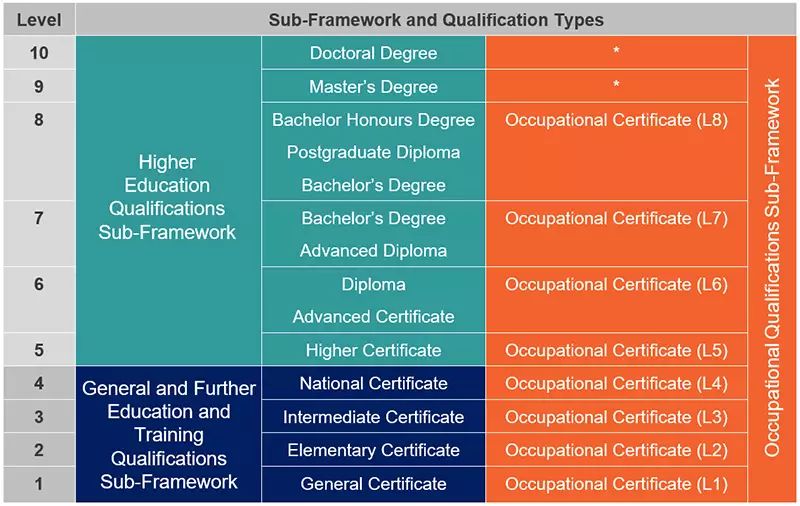Pragma offers some valuable advice
A shutdown often has a significant impact on the production capacity and cash flow of a business during the shutdown period, and depending on market conditions and demand for the product, can result in a substantial loss of revenue.
Says Stefan Swanepoel, Associate Consultant at Pragma: “Shutdowns also account for a significant portion of maintenance costs within a business. There are however certain maintenance tasks that can only be performed on equipment that is in standing or maintenance mode, and shutdowns are thus unavoidable.”
Presented with these facts, organisations have to ensure that the maximum benefit in terms of equipment performance improvement, operating cost reduction and/or risk mitigation is achieved during a shutdown. Says Swanepoel: “This can only be done byidentifying the most beneficial combination of tasks to be performed during the shutdown,planning each activity before, during and after the shutdown to the appropriate level of detail to ensure that each task can be completed well within the time and budget allocated to it, andidentifying and being prepared for unforeseen, but possible scenarios arising during the shutdown.”
Add to this the reality that shutdowns typically require a significantly higher number of resources and often involve complex activities, which introduce higher risk to a business, and it becomes clear that increased focus on accurately planning every aspect of a shutdown is very important.
The short and long term effects of shutdowns on physical asset management (PAM) are numerous.Swanepoel continues: “The short term effects of poorly planned and executed shutdowns include, amongst others, shutdown duration or budget overruns, failure to complete all tasks planned for the shutdown and incorrect priorities given to maintenance activities resulting in less valuable tasks being performed in place of high value add tasks. Last minute scope creep, resulting in poorly thought through or planned tasks finding their way into the shutdown plan also play a role, as does unsafe working conditions. Furthermore, reduced overall equipment availability arising from shutdowns not being able to restore equipment reliability, and demoralised staff with a fatalistic attitude towards improved asset performance, also has an effect on shutdowns.”
The long term benefits of well planned and executed shutdowns include cost effective asset availability, performance and safety risk buy-down, extending the economical life of assets, as well as increased predictability in asset availability and performance.
Swanepoel adds that problems with PAM can be avoided before, during and after shutdowns. “To name but a few, establishing and communicating a well-defined shutdown management process understood and adhered to by all stakeholders, is very important. Learnings from previous shutdowns should also be incorporated and the most beneficial tasks to be performed during the shutdown through quantitative decision making methods and participation of all stakeholders, need to be identified. Informed scope management is vital, as is developing a detailed understanding of all the tasks to be performed during the shutdown, including risks of ‘unforeseen’ problems that could be encountered once the shutdown tasks are being performed. Effective communication with all stakeholders of the shutdown plan as it develops, ensuring that everyone understands exactly what would be required of them in preparation for and during the shutdown, is also important as well as careful logistics planning. Other factors include the development of an appropriate re-commissioning and handover plan, as well as ensuring all shutdown task dependencies is confirmed to be met before the task is included in the final shutdown scope.”
During the shutdown there should be effective progress monitoring, clear rules regarding the escalation and management of exceptions during the execution of tasks, effective communication up and down of all relevant shutdown information, supervision and quality assurance and lastly accurate documentation and configuration control of all changes related to assets.
Swanepoel concludes: “After the shutdown, a review, analysis and recording of all activities and learnings during the shutdown should be done, with participation of all stakeholders in the post-shutdown review process. This can be followed by a systematic and controlled re-commissioning and handover.”
